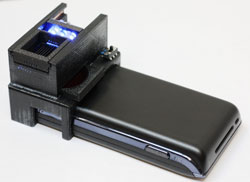The latest issue of Analyst features quite a few HOT articles for you to take a look at! Featuring logic gates, environmental monitoring, clinical analysis and analytical probes, there’s a little something for everyone.
Don’t forget you can browse the whole issue via the Analyst homepage.
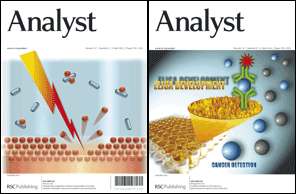
Analyst, 2012, Issue 8, Pages 1741 to 1972
Analysis of biomarkers characteristic of porcine liver injury—from biomolecular logic gates to an animal model
Lenka Halámková, Jan Halámek, Vera Bocharova , Steven Wolf, Kristine E. Mulier, Greg Beilman, Joseph Wang and Evgeny Katz
Analyst, 2012, 137, 1768-1770
DOI: 10.1039/C2AN00014H
A novel nanoaggregation detection technique of TNT using selective and ultrasensitive nanocurcumin as a probe
Alok Pandya, Heena Goswami, Anand Lodha and Shobhana K. Menon
Analyst, 2012, 137, 1771-1774
DOI: 10.1039/C2AN35131E
Coherent two-dimensional infrared spectroscopy: Quantitative analysis of protein secondary structure in solution
Carlos R. Baiz, Chunte Sam Peng, Mike E. Reppert, Kevin C. Jones and Andrei Tokmakoff
Analyst, 2012, 137, 1793-1799
DOI: 10.1039/C2AN16031E
Visual detection of copper(II) ions in blood samples by controlling the leaching of protein-capped gold nanoparticles
Yen-Fei Lee, Ting-Wei Deng, Wei-Jane Chiu, Tsao-Yen Wei, Prathik Roy and Chih-Ching Huang
Analyst, 2012, 137, 1800-1806
DOI: 10.1039/C2AN16270A
On-line solid phase extraction of humic acid from environmental water and monitoring with flow-through chemiluminescence
Jingya Qu, Hui Chen, Chao Lu, Zhihua Wang and Jin-Ming Lin
Analyst, 2012, 137, 1824-1830
DOI: 10.1039/C2AN16002A
Characterization of poly(3,4-ethylenedioxythiophene):tosylate conductive polymer microelectrodes for transmitter detection
Simon T. Larsen, Richard F. Vreeland, Michael L. Heien and Rafael Taboryski
Analyst, 2012, 137, 1831-1836
DOI: 10.1039/C2AN16288A
Two-photon fluorescent probe for cadmium imaging in cells
Yongyou Liu, Xiaohu Dong, Jian Sun, Cheng Zhong, Boheng Li, Ximeng You, Bifeng Liu and Zhihong Liu
Analyst, 2012, 137, 1837-1845
DOI: 10.1039/C2AN16254G
Polypyrrole hollow fiber for solid phase extraction
Tian Tian, Jianjun Deng, Zhuoying Xie, Yuanjin Zhao, Zhangqi Feng, Xuejun Kang and Zhongze Gu
Analyst, 2012, 137, 1846-1852
DOI: 10.1039/C2AN16266K
A chromo- and fluorogenic sensor for probing the cancer biomarker lysophosphatidic acid
Wenwen Zhao, Weimin Liu, Wenjun Zhang, Lintao Zeng, Zhiyuan Fan, Jiasheng Wu and Pengfei Wang
Analyst, 2012, 137, 1853-1859
DOI: 10.1039/C2AN16153B
Comments Off on HOT articles from Issue 8!


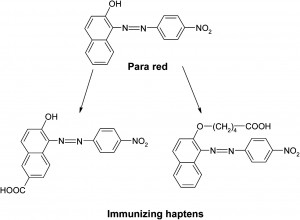









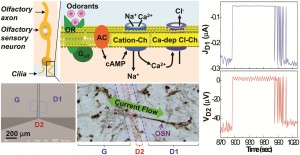



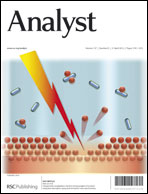
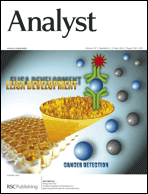
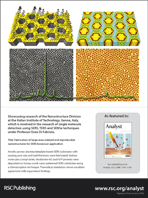
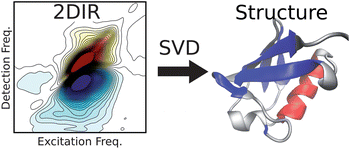
 The Pittsburgh Conference on Analytical Chemistry and Applied Spectroscopy (
The Pittsburgh Conference on Analytical Chemistry and Applied Spectroscopy (